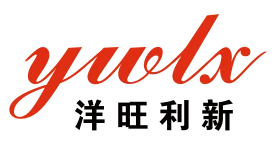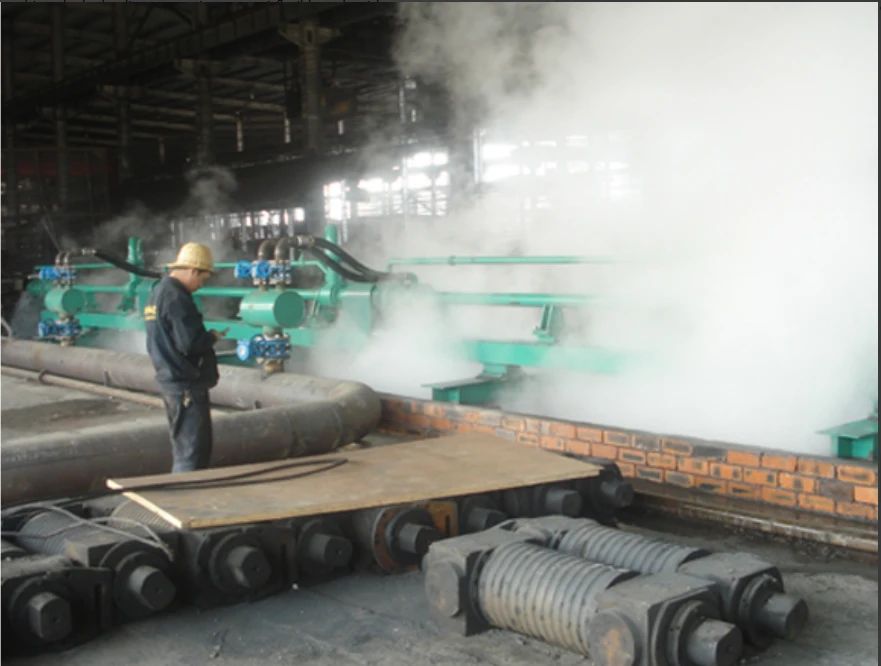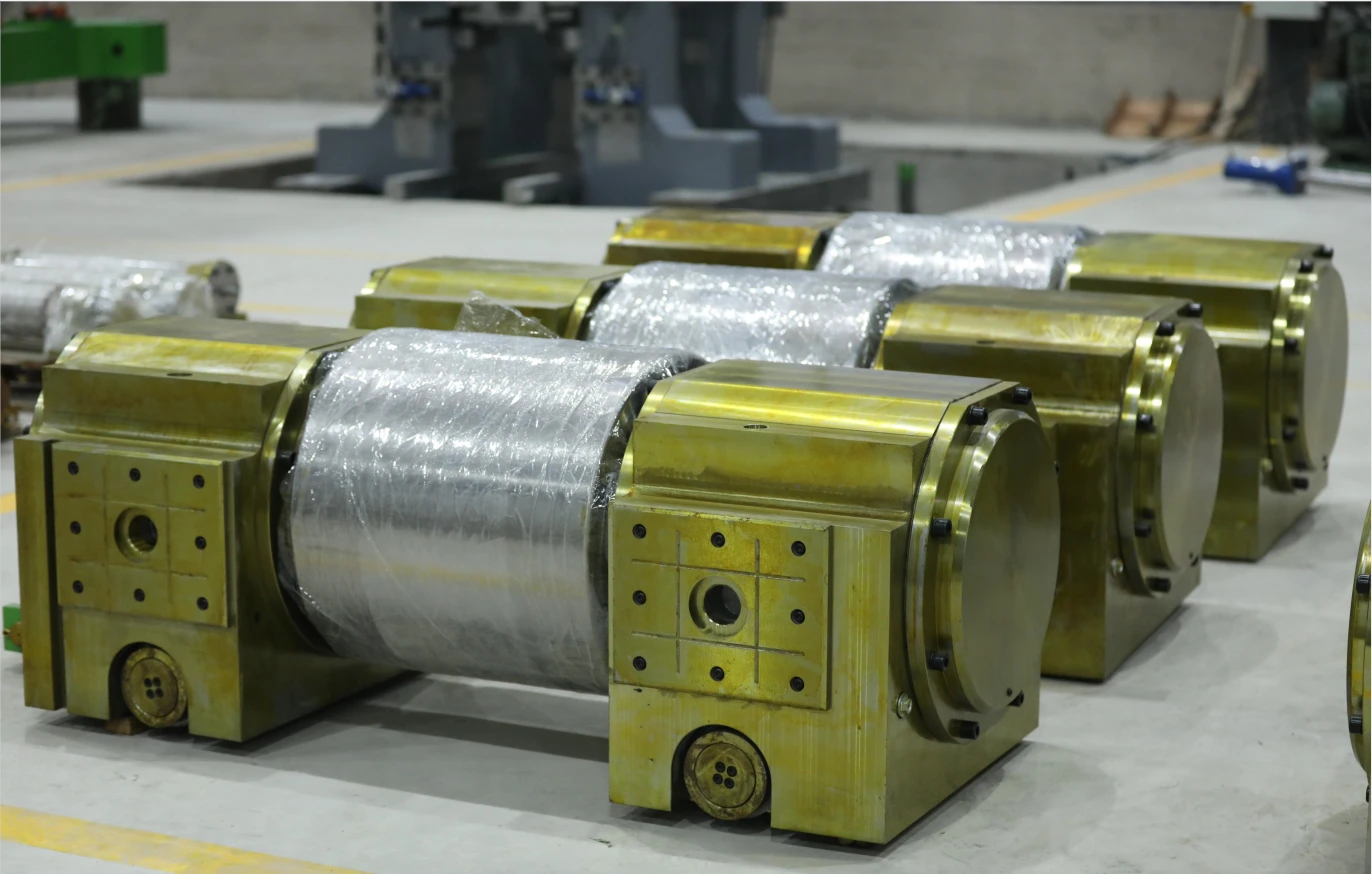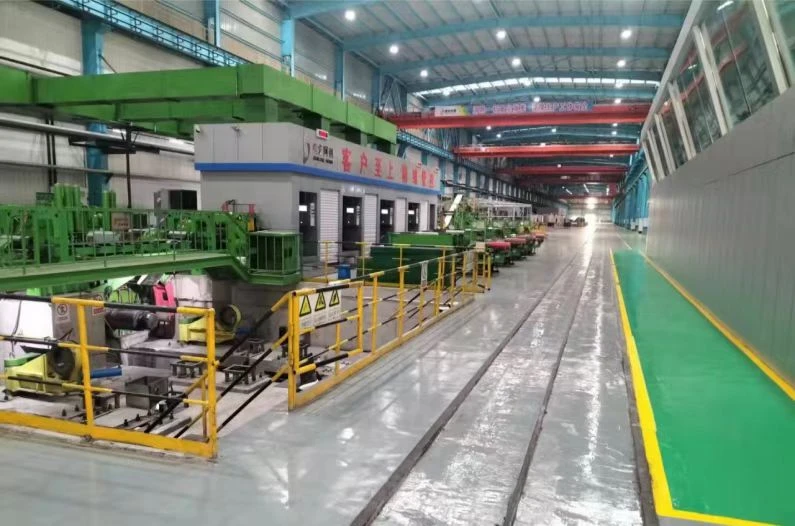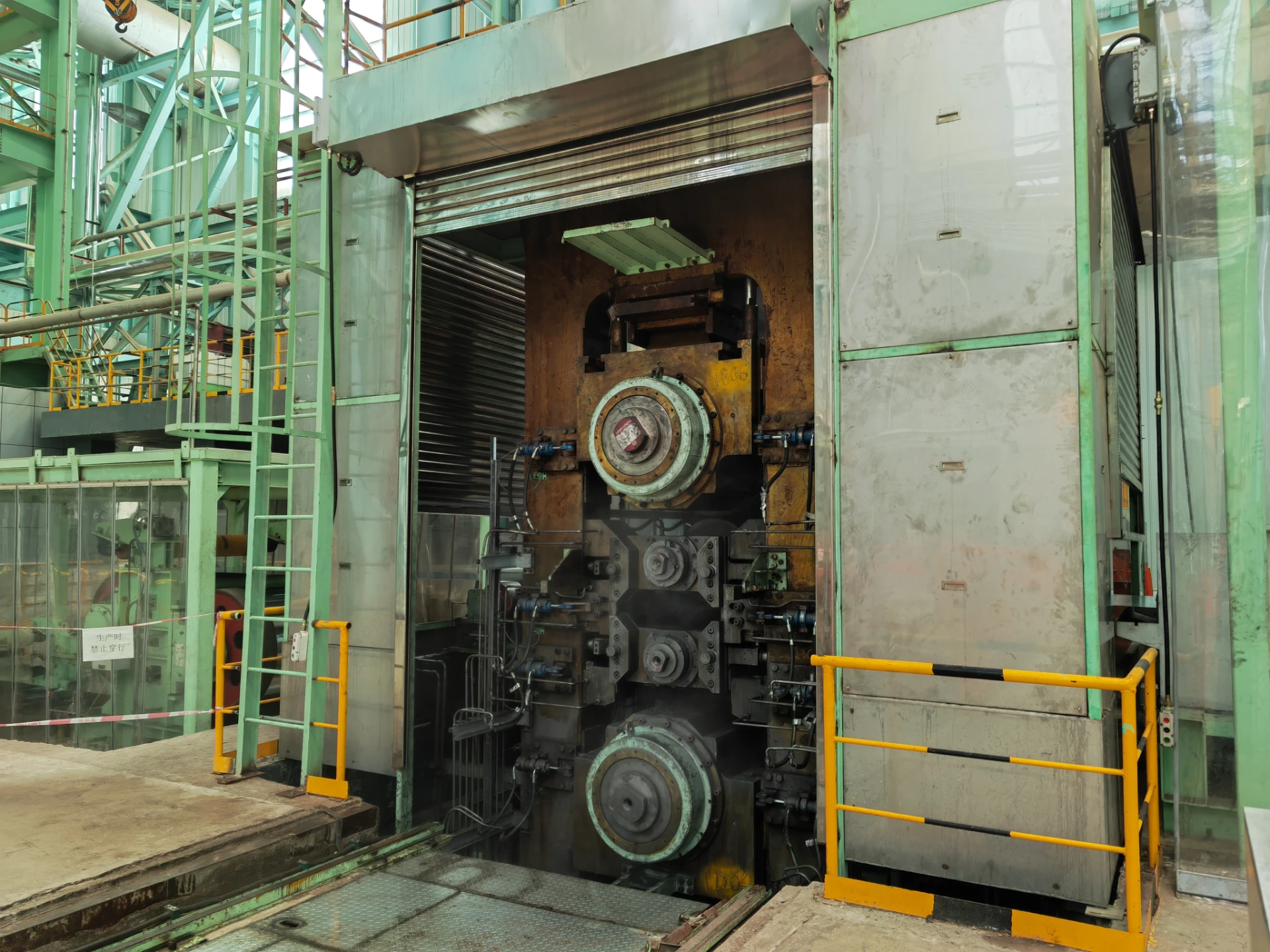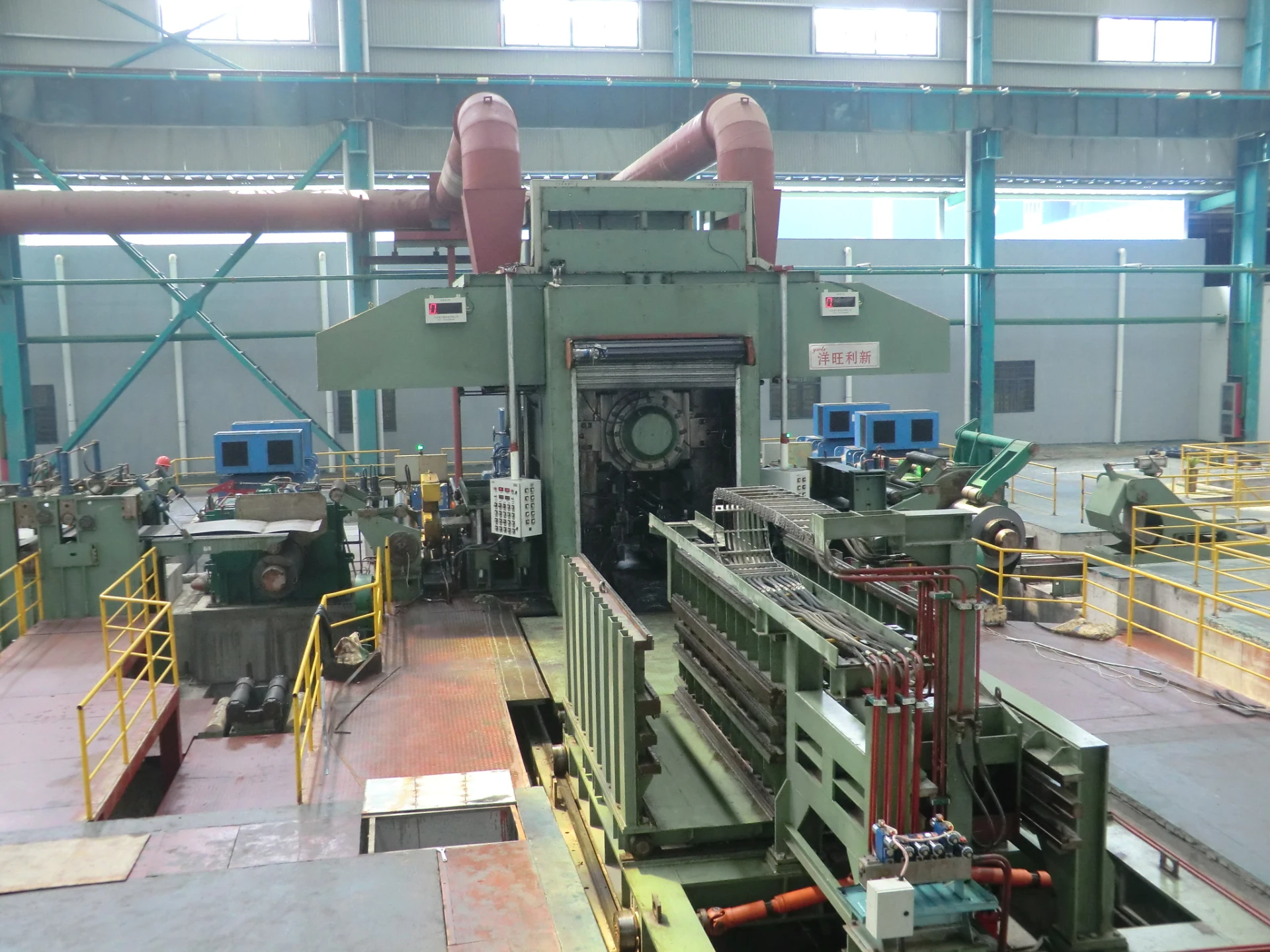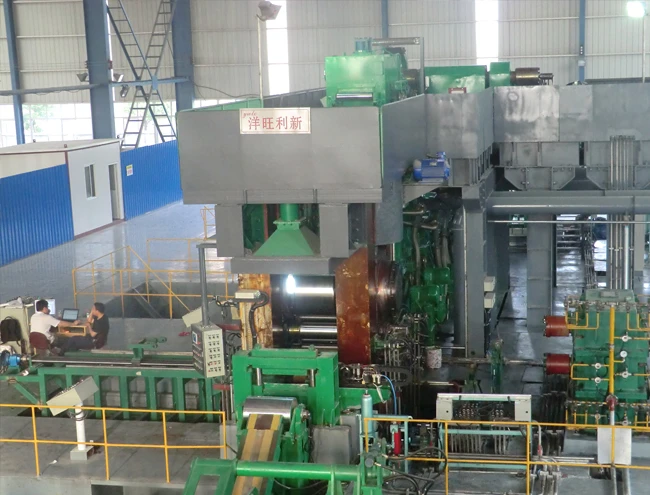
Optimization Strategy for Improving the Production Efficiency of Reversible Cold Rolling Mills
The reversing cold rolling mill is a critical piece of equipment in modern metal processing, particularly for producing high-precision thin strips of steel, aluminum, and other non-ferrous metals. Unlike tandem mills, which operate in a continuous pass sequence, a reversing rolling mill processes metal through multiple back-and-forth passes between two work rolls, allowing for greater flexibility in thickness reduction and surface quality control. However, the inherent nature of cold reversing mill operations—with frequent acceleration, deceleration, and direction changes—presents unique challenges in maintaining optimal production efficiency.
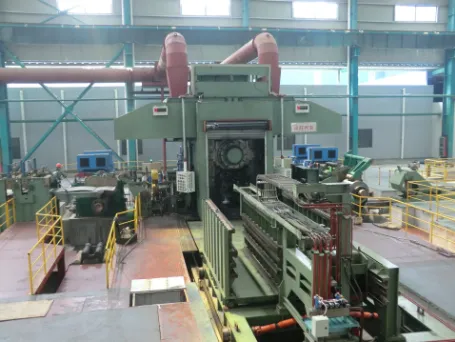
Key Challenges in Reversible Cold Rolling Mill Operations
Despite their versatility, reversing cold rolling mills face several operational inefficiencies that impact productivity:
Non-Productive Time During Reversals – Each direction change in a cold reversing mill requires precise deceleration, roll gap adjustment, and re-acceleration, leading to cumulative downtime.
Energy Consumption Peaks – The frequent start-stop cycles in a reversing rolling mill result in high power demand fluctuations, increasing operational costs.
Strip Thickness and Flatness Variability – Maintaining consistent gauge control across multiple passes is challenging due to work roll thermal expansion and elastic deformation.
Work Roll Wear and Maintenance Delays – The repeated high-pressure rolling cycles accelerate roll wear, necessitating frequent replacements that disrupt production schedules.
Addressing these challenges requires a holistic optimization approach that integrates advanced process control, real-time monitoring, and data-driven decision-making.
Automation and Dynamic Process Control in Reversing Cold Rolling Mills
One of the most effective ways to enhance the efficiency of a reversible cold rolling mill is through advanced automation systems. Modern reversing rolling mills are increasingly equipped with:
Adaptive Thickness Control (AGC) – Real-time hydraulic adjustment systems compensate for mill stretch and material hardness variations, ensuring uniform strip thickness without manual intervention.
Automatic Shape Control (ASC) – Using segmented roll bending and roll cooling systems, ASC maintains optimal flatness by dynamically adjusting roll gap profiles during each pass.
Predictive Speed Optimization Algorithms – AI-driven models calculate the most efficient rolling speed profiles, minimizing reversal times while preventing strip breakage or slippage.
These technologies reduce human error, improve rolling precision, and maximize the number of passes completed per hour in a cold reversing mill.
Energy Efficiency Improvements in Reversing Rolling Mills
The intermittent operation of a reversing cold rolling mill leads to significant energy waste if not properly managed. Key strategies to reduce power consumption include:
Regenerative Braking Systems – Converting kinetic energy during deceleration phases into reusable electricity can cut energy demand by 15–20%.
Variable Frequency Drives (VFDs) – Optimizing motor speed during acceleration and steady-state rolling minimizes unnecessary power draw.
Thermal Management of Work Rolls – Advanced roll cooling systems prevent excessive thermal crown, reducing the need for corrective rolling passes that consume additional energy.
By integrating these solutions, reversing rolling mill operators can achieve substantial cost savings while meeting sustainability targets.
Reversible Cold Rolling Mill: Predictive Maintenance and Roll Life Optimization
Work roll wear is a major limiting factor in reversible cold rolling mill productivity. Traditional scheduled maintenance often leads to premature roll changes or unexpected failures. Implementing predictive maintenance techniques can extend roll service life and reduce unplanned downtime:
Vibration and Acoustic Monitoring – Sensors detect early signs of roll bearing wear or surface defects before catastrophic failure occurs.
Roll Surface Inspection Systems – Laser profilometers and high-resolution cameras assess roll conditions between passes, allowing for timely regrinding decisions.
AI-Based Wear Prediction Models – Machine learning algorithms analyze historical roll performance data to forecast optimal replacement intervals.
These approaches ensure that cold reversing mills operate at peak efficiency with minimal disruption from maintenance activities.
Reversible Cold Rolling Mill: Digital Twin Technology for Process Optimization
The integration of digital twin systems represents a cutting-edge advancement for reversing rolling mills. A virtual replica of the mill processes real-time operational data to:
Simulate the impact of different rolling schedules before physical implementation.
Optimize pass reduction sequences to minimize total rolling time.
Predict potential defects (e.g., edge cracks or coil breaks) and adjust process parameters preemptively.
By leveraging digital twins, operators of reversible cold rolling mills can achieve unprecedented levels of process control and efficiency.
Maximizing Productivity in Reversible Cold Rolling Mills
Optimizing a reversing cold rolling mill requires a multifaceted strategy encompassing automation, energy management, predictive maintenance, and digitalization. By adopting these advanced techniques, manufacturers can significantly enhance production efficiency, reduce operational costs, and maintain competitiveness in an increasingly demanding market.
As reversing rolling mill technology continues to evolve, early adopters of these optimization strategies will lead the industry in both productivity and sustainability.
-
YWLX’s 1450mm Six-Hi Reversing Mill Goes Live in BangladeshNewsNov.24,2025
-
Adjusting Roll Gap in 6Hi Reversing Cold Rolling Mill for Thin StripNewsNov.13,2025
-
Quality Control Standards for Automatic Gauge Control in Strip RollingNewsNov.13,2025
-
Effect of Skin Pass Rolling on Metal DuctilityNewsNov.13,2025
-
Key Components of a Modern TempermillNewsNov.13,2025
-
Common Wear Patterns of Work Roll in Tandem Cold Mill OperationsNewsNov.13,2025
-
Revolutionary Skin Pass Rolling Technology for Enhanced Steel QualityNewsNov.04,2025


